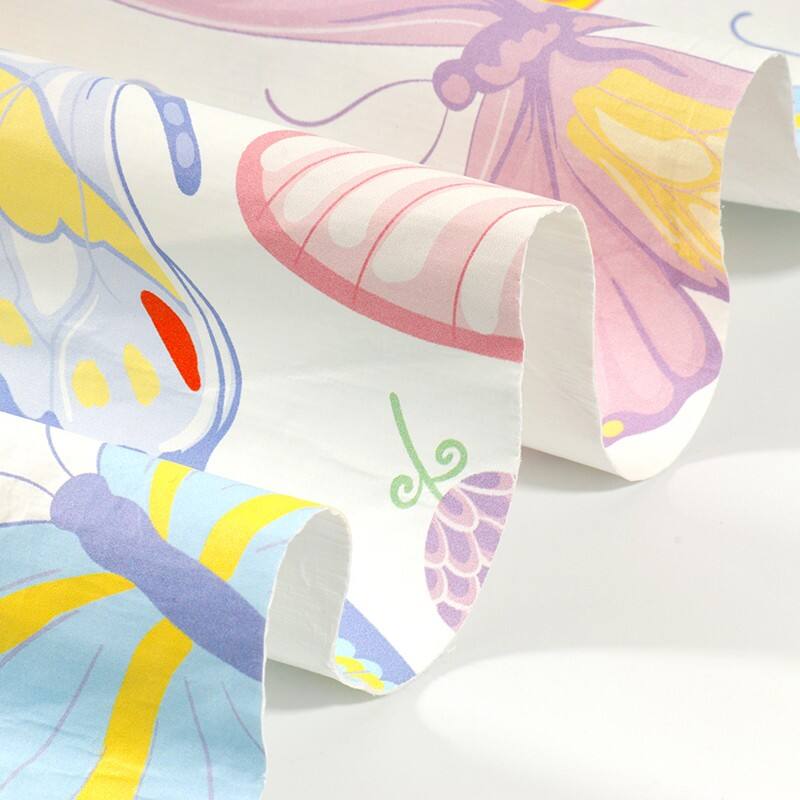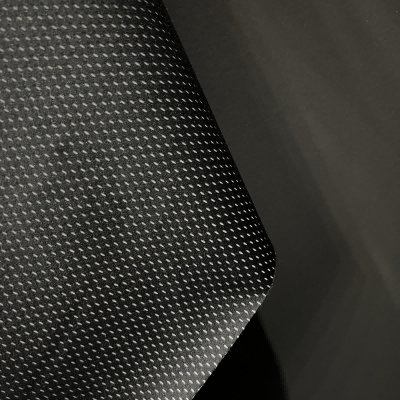nylon fabric price
Nylon fabric price represents a crucial consideration in the textile industry, reflecting the complex interplay of manufacturing costs, market demand, and raw material availability. This synthetic material, known for its exceptional durability and versatility, typically ranges from $3 to $15 per yard, depending on quality and specifications. The price structure is influenced by several factors, including the manufacturing process, which involves polymerization of adipic acid and hexamethylene diamine. Market dynamics significantly impact pricing, with factors such as oil prices affecting the cost of raw materials. Different grades of nylon fabric command varying prices, with high-performance variants used in athletic wear and outdoor gear positioned at the premium end of the spectrum. The fabric's denier count, which measures fiber thickness, also plays a crucial role in determining price points. Industrial applications often require specific nylon variants, leading to specialized pricing structures. The global supply chain situation and production capacity in major manufacturing countries like China, India, and Vietnam directly influence market prices. Additionally, innovations in sustainable nylon production, including recycled variants, are creating new price categories in the market.


